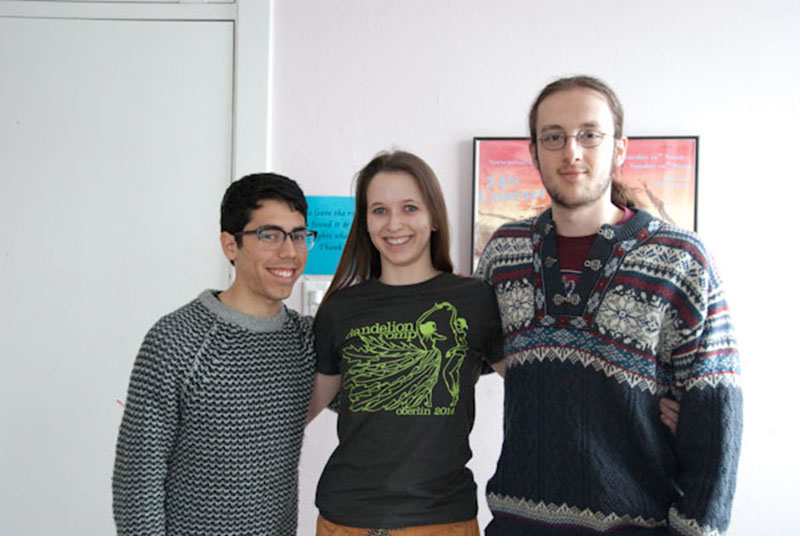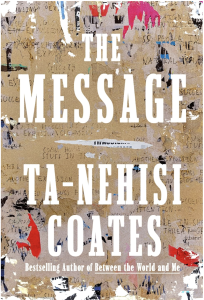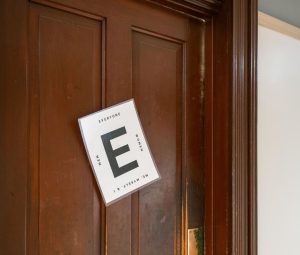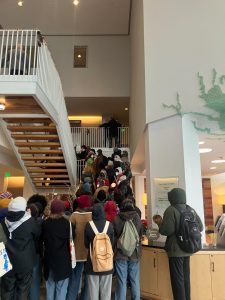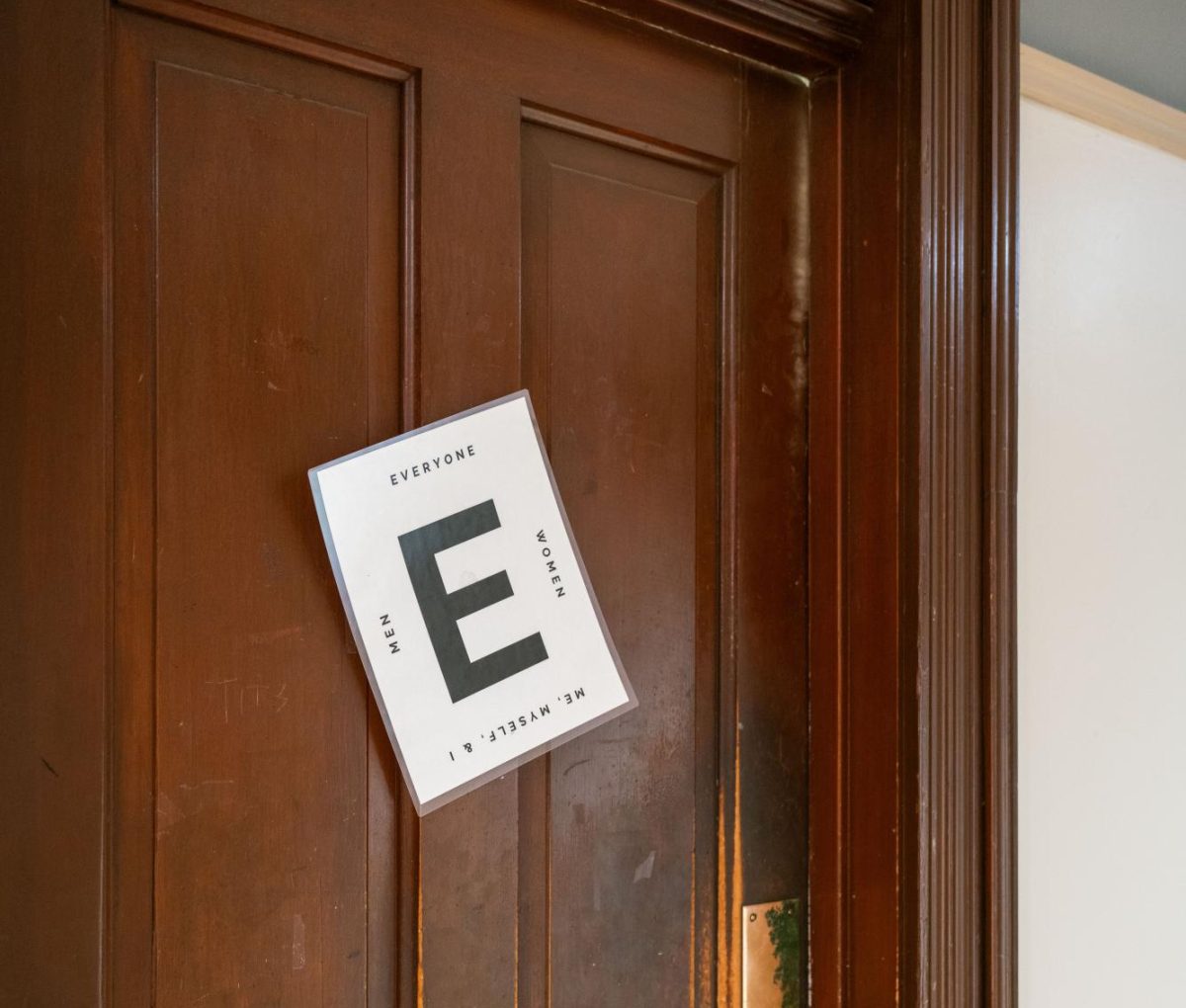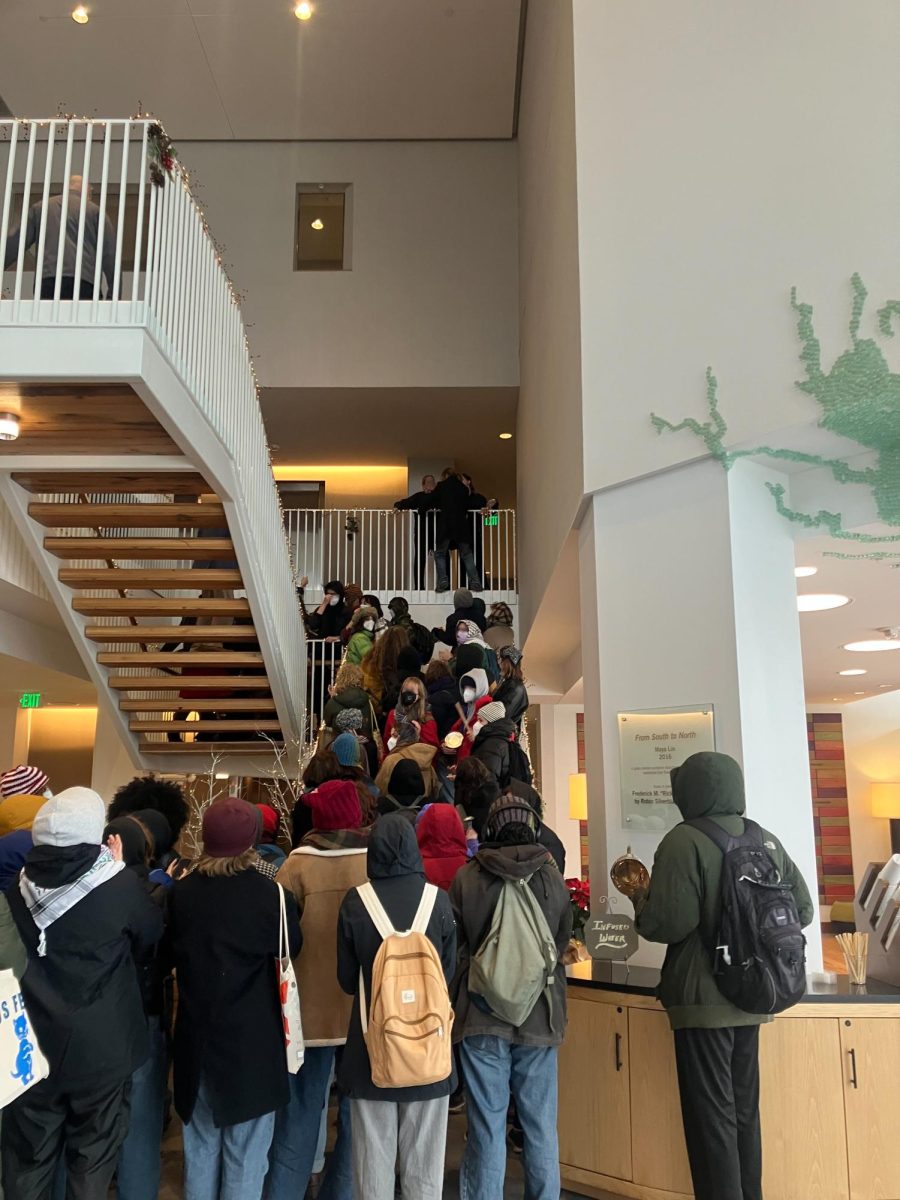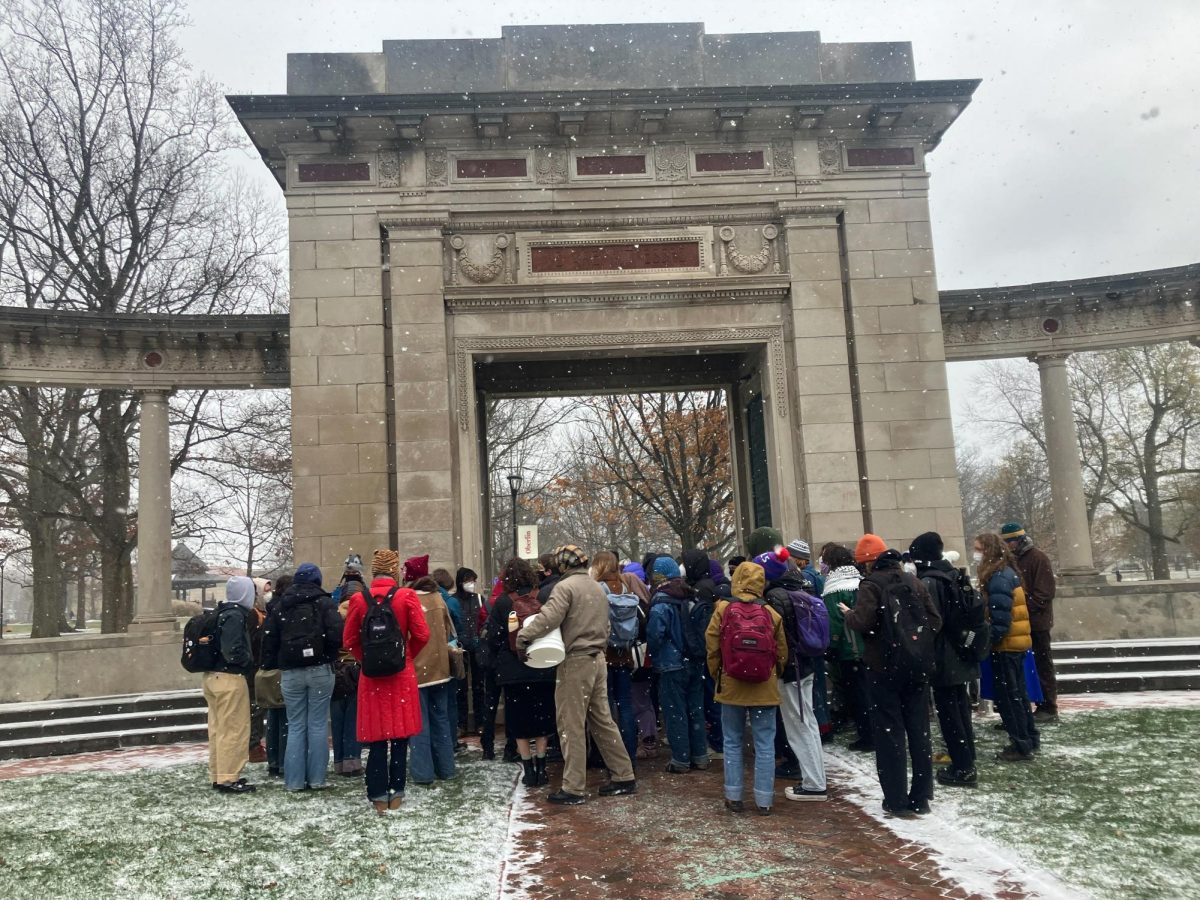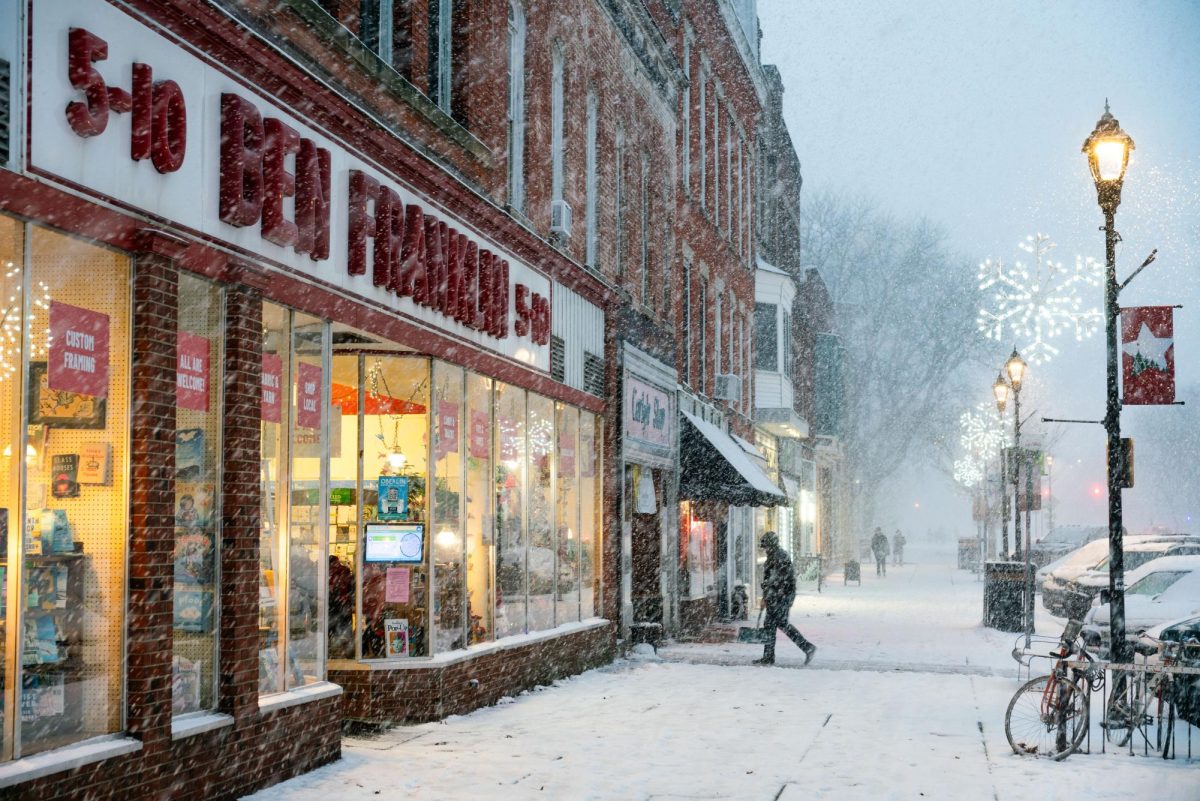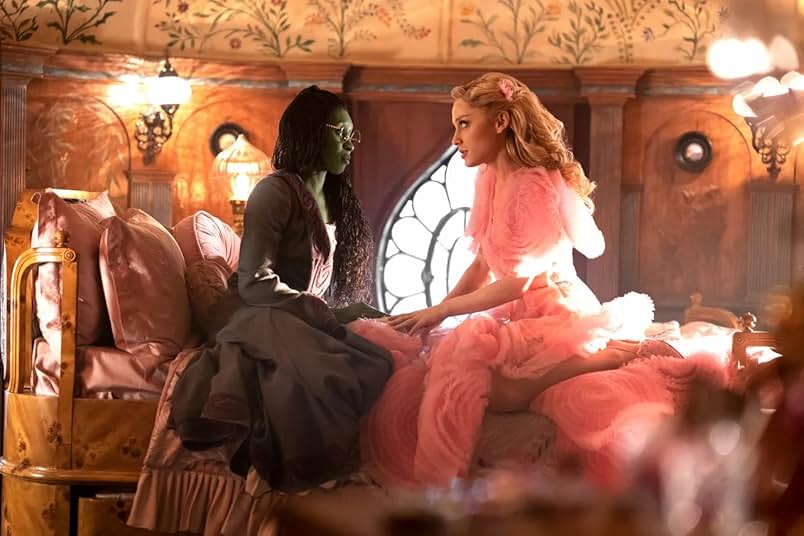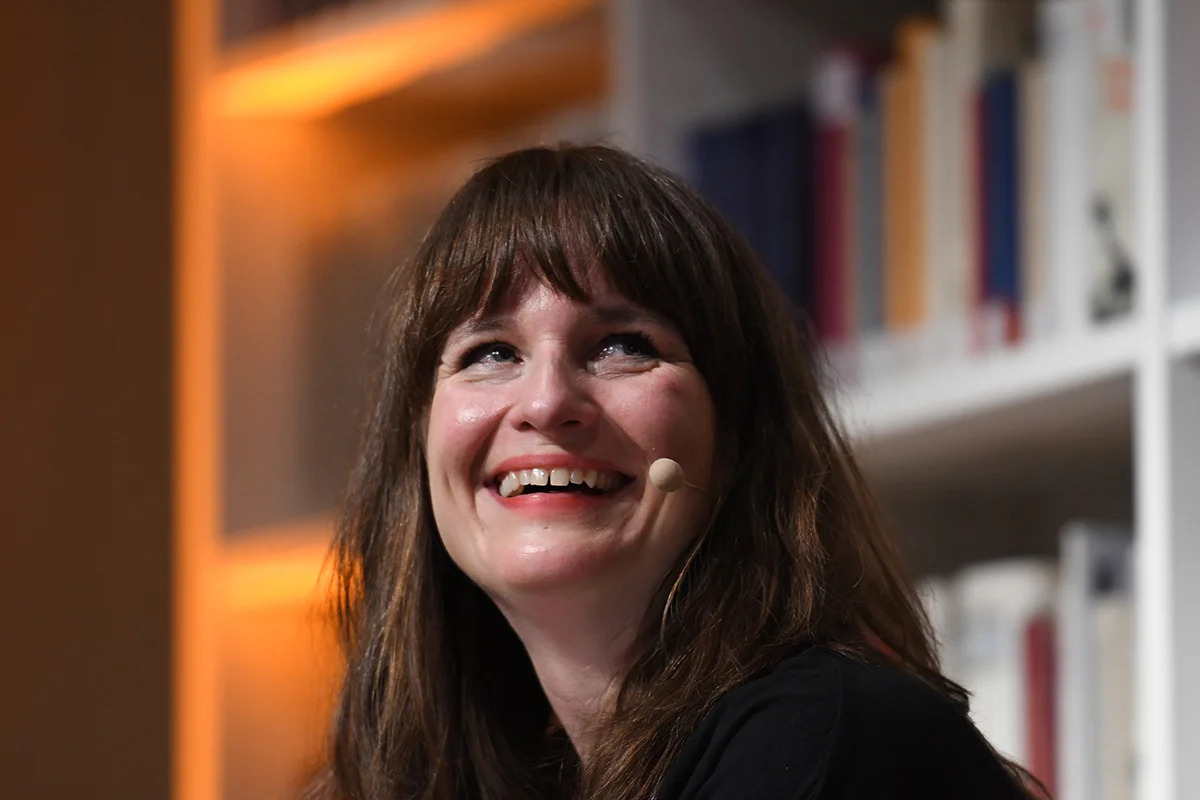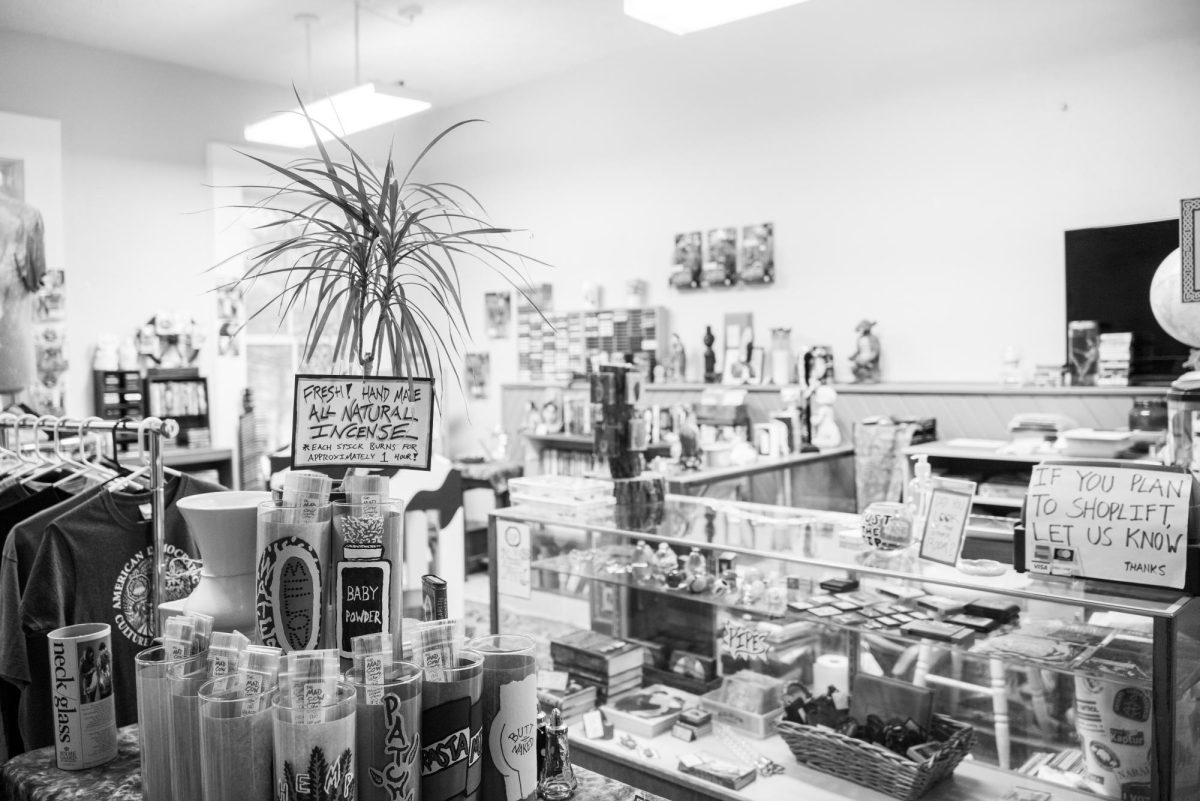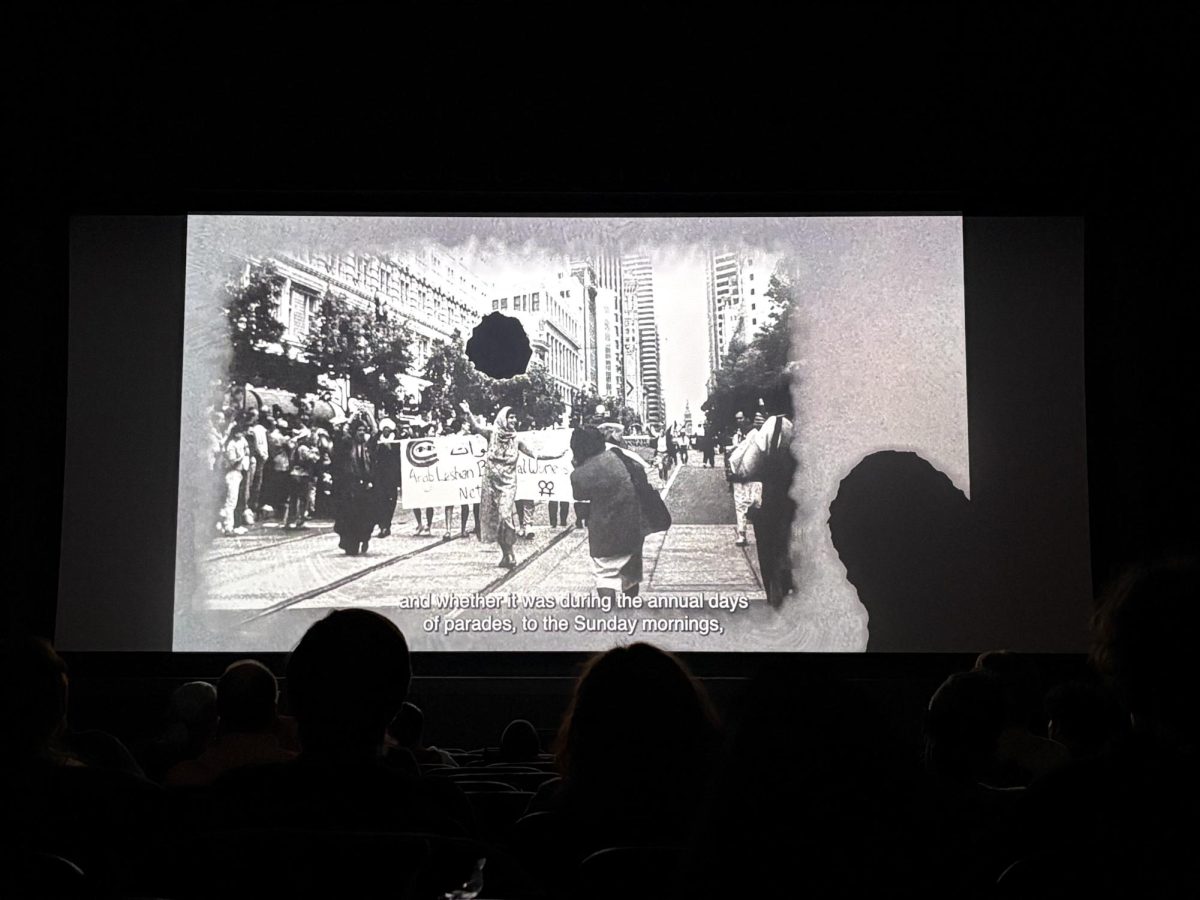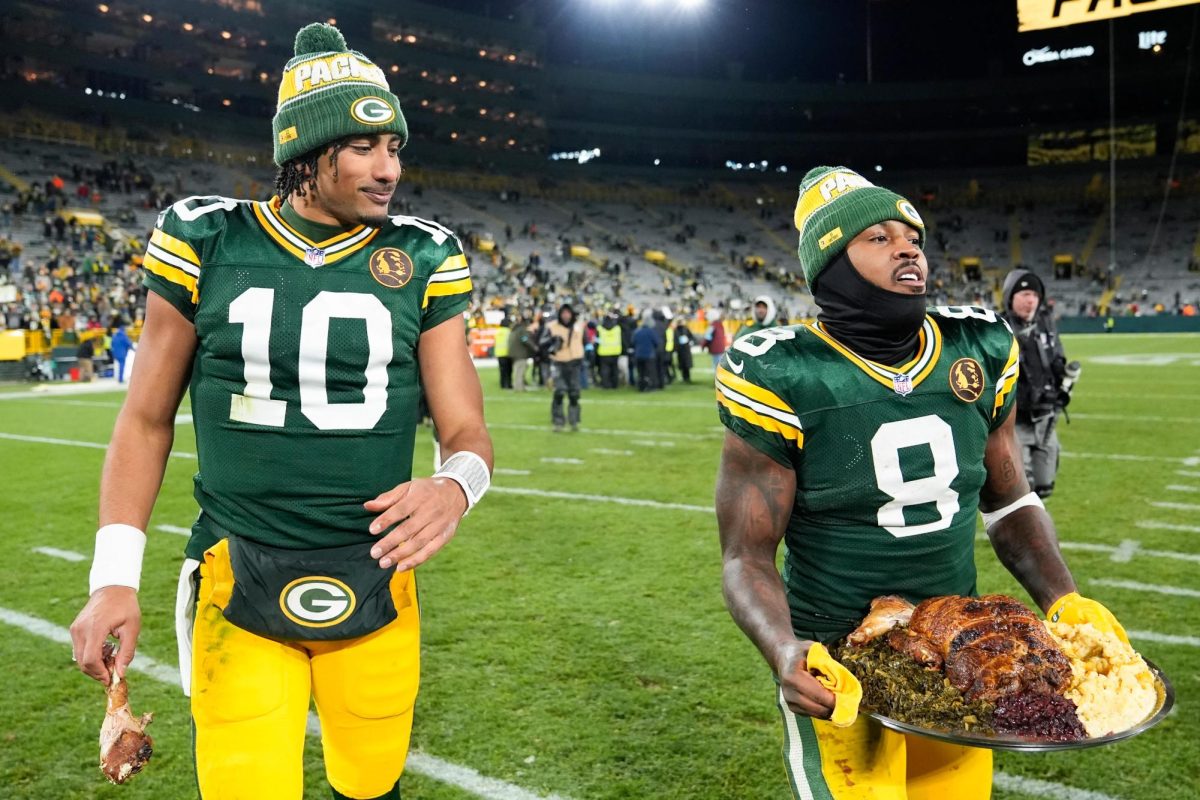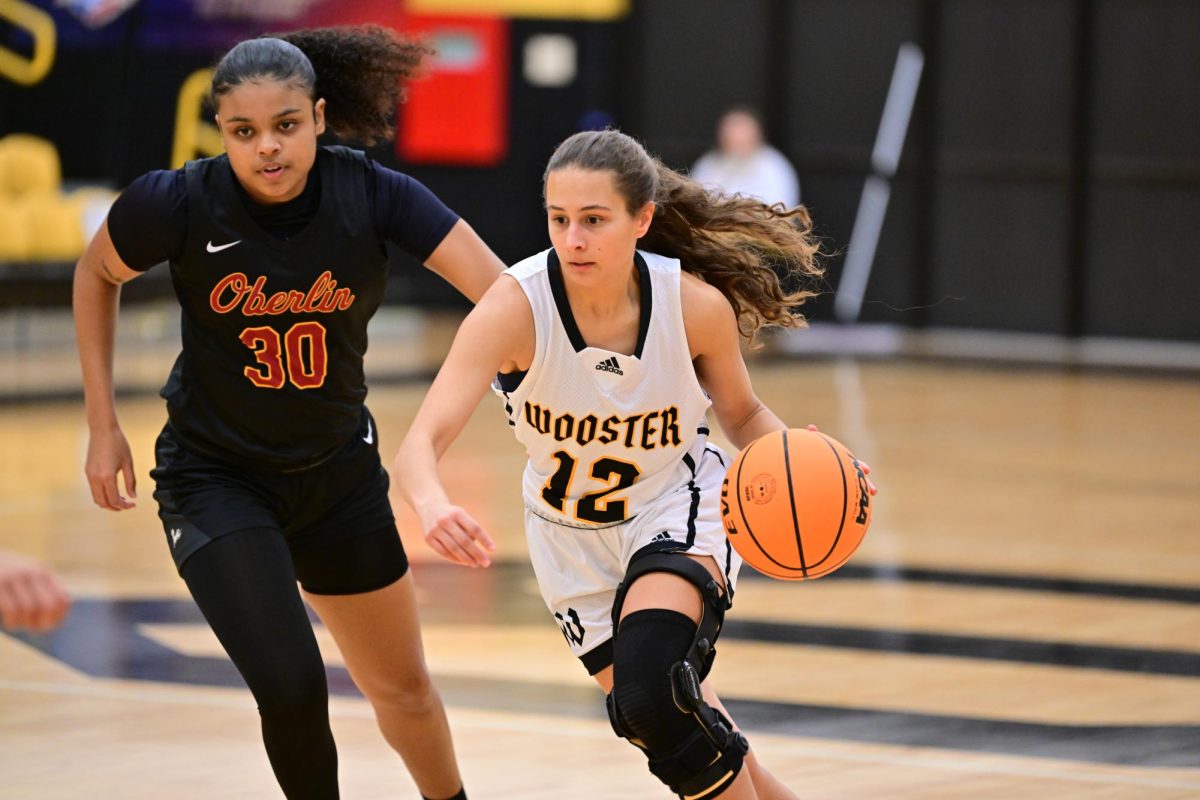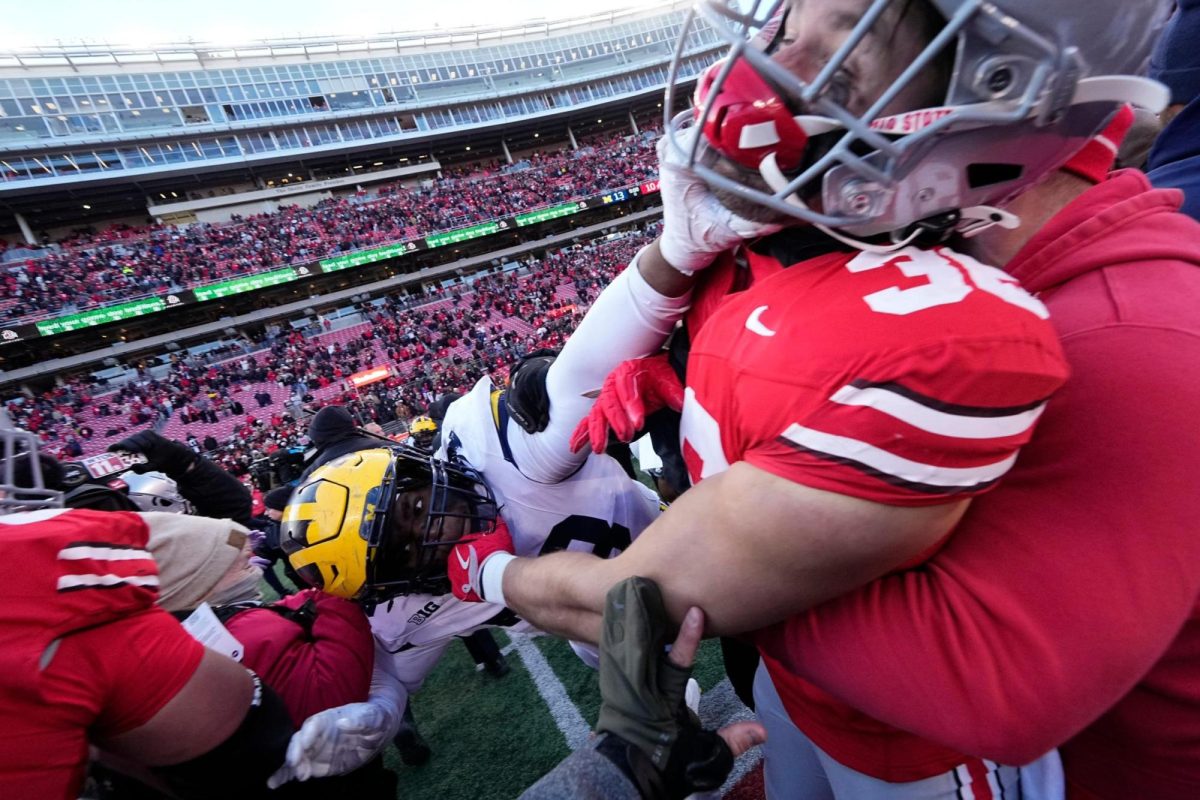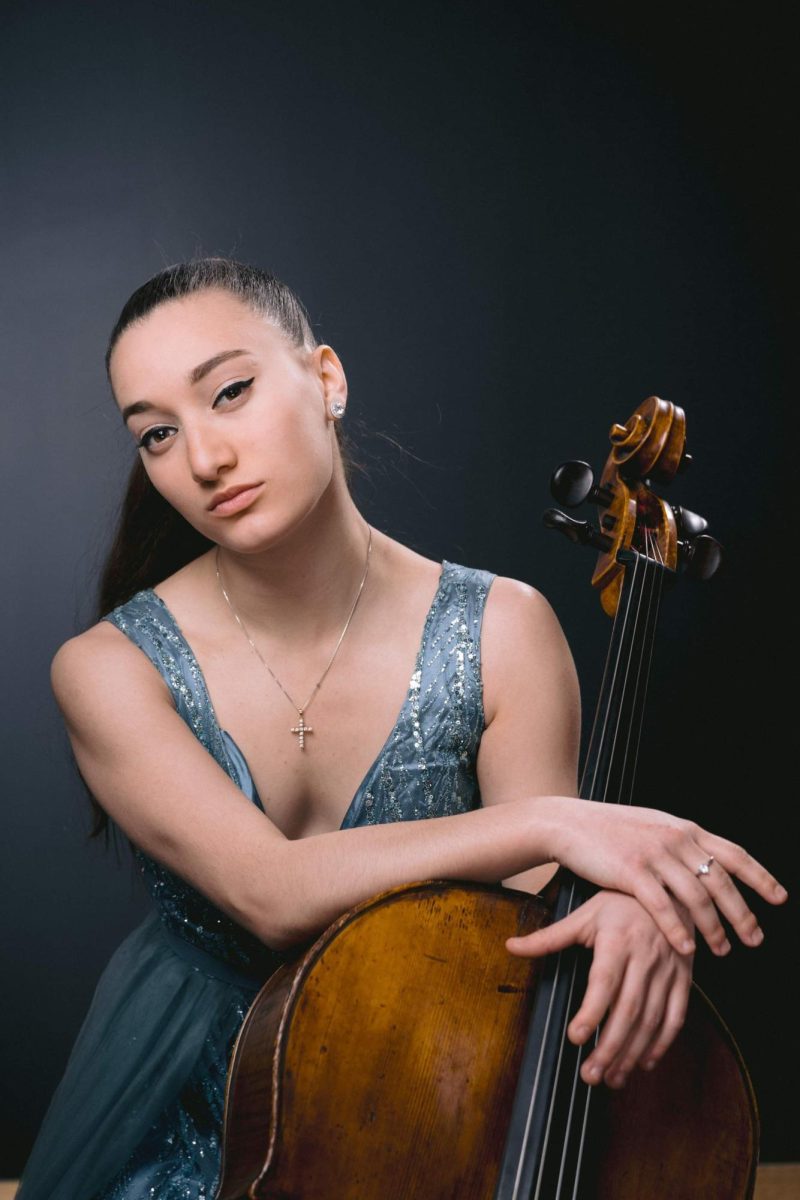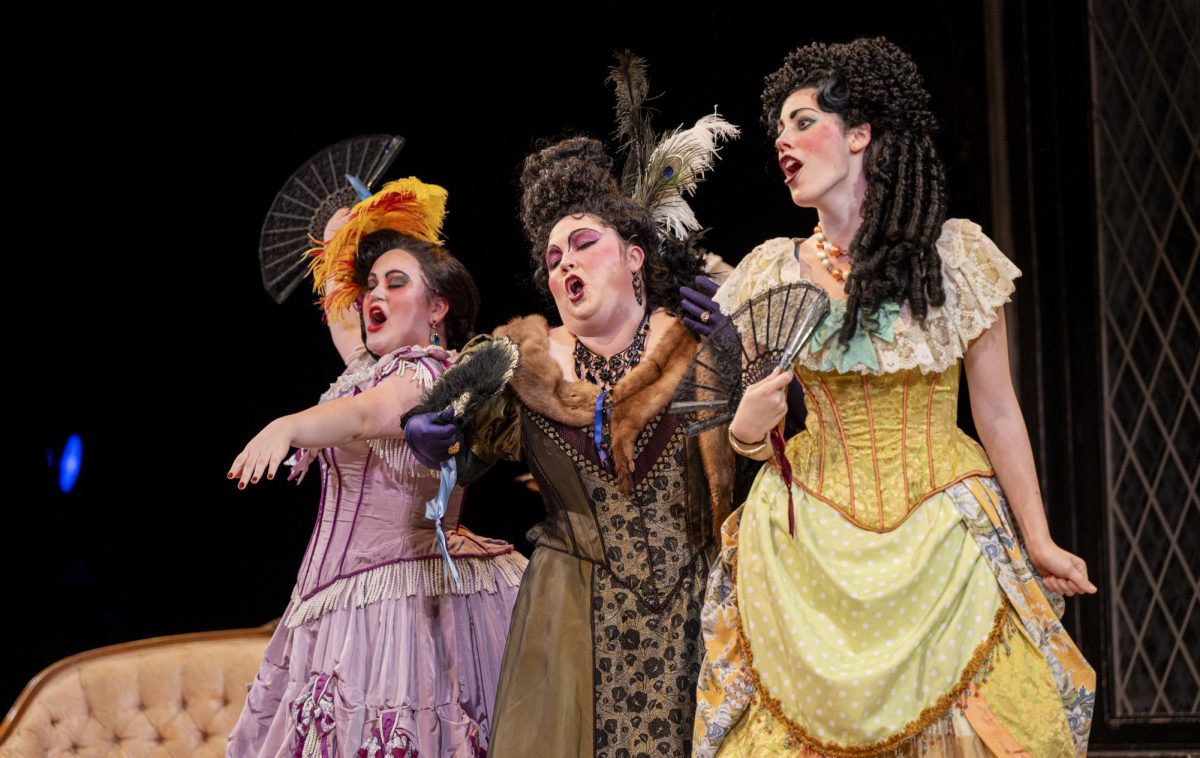On the Record with Co-Chairs of Annual Dandelion Romp Contradance Festival
College seniors Jeremy Rubinstein and Hayley Larson and junior Donal Sheets joined forces this semester to organize Dandelion Romp, which took place last weekend. The Review sat down with them this week to discuss Dandelion Romp’s history, the contra community and the event’s highlights.
April 18, 2014
College seniors Jeremy Rubinstein and Hayley Larson and junior Donal Sheets joined forces this semester to organize Dandelion Romp, which took place last weekend. The Review sat down with them this week to discuss Dandelion Romp’s history, the contra community and the event’s highlights.
So what exactly is Dandelion Romp?
Jeremy Rubinstein: It’s a three-day-long festival of primarily contra dancing, but [it] also includes other forms of folk dance and folk music. Sometimes there is music without dancing.
Hayley Larson: There are also workshops for musicians and a lot of other events.
JR: But really the main feature of the event is these big contra dances in the evenings on Friday and Saturday and then the farewell dance on Sunday.
Donal Sheets: There are usually about 300 people at those dances.
Could you give a little more explanation of what contra dancing is?
DS: It’s not super easy to explain, but the closest thing to it is line dancing.
HL: The way I explain it is: Imagine what someone would have made you do in a middle school gym where you have to get in a line and have a partner, and you think the boys have cooties. It’s kind of upsetting. Then imagine it now, with people you really enjoy being around. The whole point is to be dancing with someone and having fun without being intimidated, and that’s not upsetting at all.
DS: Yeah, there’s a lot of emphasis on community involvement and dancing as a whole. You dance with everyone in the room. It’s not like blues, where you have only one partner.
HL: You’re dancing for yourself and your community.
What do you know about the history of contra dancing and Dandelion Romp?
JR: Contra is a traditional dance that is associated with New England but is also popular all throughout the United States. It was developed out of English country dancing, kind of like what you see in Jane Austen movies and dates back to around Shakespeare’s time. The word ‘contra’ actually comes from a French corruption of the word ‘country.’ It came back into fashion in the late 20th century.
DS: And this is [Dandelion Romp’s] 15th year.
JR: I think it was started off here with faculty members playing a much more prominent role, then gradually it became delegated to more students. The format of a three-day weekend is really common in the contra dance community.
HL: But it’s also pretty unique that we had the opportunity to run the event. Most festivals aren’t led by students. Usually, you have to be older and better connected in the contra dance community.
Tell me a little bit more about this contra dance community.
DS: There’s probably at least one festival in the U.S. going on somewhere every weekend. For example, there were three last weekend. [Dandelion Romp] had a fair amount of students, but it is probably more than half people not from Oberlin and from all over the place. There was a large group that came up from North Carolina and also from Chicago.
HL: You very commonly get people traveling a long distance for a specific caller or band.
JR: I talked to someone during the weekend that said that eventually you get to a point where you can go to any contra dance in the country and know people there. I think that reflects the flow of people — how far people will travel just because they are really into contra dancing.
DS: I travel a lot with my band, and it’s very rare that I don’t see someone I know from the contra community.
What were some highlights from last weekend?
HL: I really liked the ‘silly contras.’ One of the callers is known for adding things to make things more fun. She would call out a traditional move and then say something like ‘now come up the hall like a zombie.’ This is very unique to her, but it definitely gives a playful tone to the dance when she does that.
JR: I didn’t get to go to as many workshops this year as a cochair. There was an interesting workshop on flatfoot dancing and another one called ‘body music,’ which is a type of percussion using different parts of your body. For me the most memorable aspect was the feeling of success when I realized how many people were there and how much they were enjoying themselves. This has been my favorite event for the last three years, and suddenly I was an organizer, and still everything worked out.
DS: It’s a pretty cool feeling watching 300 or 350 people all dancing together with huge smiles on their faces.
JR: Another highlight is seeing the intergenerational aspect of it. One of the performers brought his six-year-old, and one of the professors brought his mother. She is in her 80s and is deaf, but she reads lips and is a great dancer.


